-
 bitcoin
bitcoin $111375.742210 USD
-8.60% -
 ethereum
ethereum $3780.311592 USD
-13.98% -
 tether
tether $1.001299 USD
0.07% -
 bnb
bnb $1093.375857 USD
-13.01% -
 xrp
xrp $2.339375 USD
-16.91% -
 solana
solana $185.029017 USD
-16.69% -
 usd-coin
usd-coin $1.000230 USD
0.04% -
 tron
tron $0.319531 USD
-5.16% -
 dogecoin
dogecoin $0.190791 USD
-23.59% -
 cardano
cardano $0.638663 USD
-21.82% -
 ethena-usde
ethena-usde $0.998483 USD
-0.20% -
 hyperliquid
hyperliquid $37.741486 USD
-14.68% -
 chainlink
chainlink $17.229851 USD
-22.17% -
 stellar
stellar $0.316546 USD
-16.74% -
 bitcoin-cash
bitcoin-cash $507.861193 USD
-13.18%
How does DMI combine with the concentration of chips? Is the DMI signal of the main control stock more accurate?
DMI, with +DI, -DI, and ADX, helps crypto traders gauge trend strength and direction, while chip concentration shows whale influence on market dynamics.
May 28, 2025 at 09:36 pm
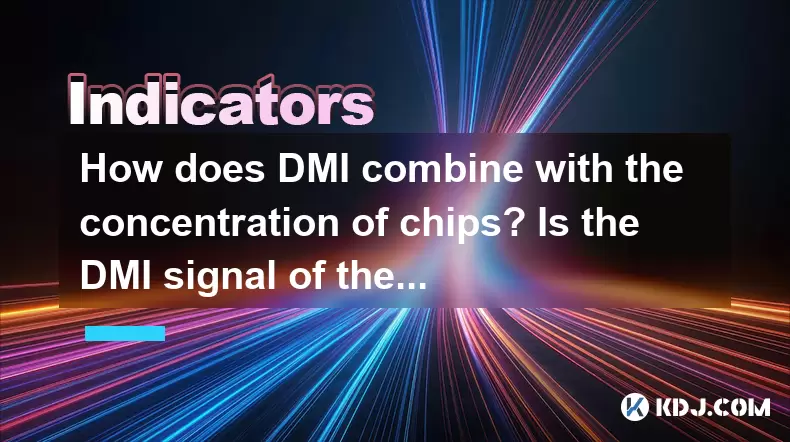
Understanding DMI and Its Application in Cryptocurrency
DMI, or Directional Movement Index, is a technical indicator used to determine the strength of a trend and its direction. It consists of three lines: the Positive Directional Indicator (+DI), the Negative Directional Indicator (-DI), and the Average Directional Index (ADX). In the context of cryptocurrencies, traders use DMI to assess whether a particular digital asset is experiencing a bullish or bearish trend and the strength of that trend.
The +DI measures the upward movement in price, while the -DI measures the downward movement. The ADX, on the other hand, is used to quantify the strength of the trend, regardless of its direction. When the ADX value is above 25, it typically indicates a strong trend, whereas a value below 20 suggests a weak or non-existent trend.
The Concept of Concentration of Chips in Crypto Trading
In the world of cryptocurrency, concentration of chips refers to the distribution of a digital asset's holdings among different addresses or wallets. It is a measure of how much of the total supply of a cryptocurrency is held by a few large holders, often referred to as 'whales,' versus smaller retail investors. Understanding the concentration of chips can provide insights into potential price movements, as large holders have the power to influence market dynamics significantly.
A high concentration of chips in the hands of a few large holders can indicate potential volatility, as these whales can move the market by buying or selling large volumes. Conversely, a more evenly distributed supply might suggest a more stable market, as no single entity has the power to manipulate prices significantly.
Combining DMI with Concentration of Chips
When traders combine DMI with the concentration of chips, they aim to enhance their understanding of market trends and potential price movements. By analyzing the DMI indicators alongside the distribution of a cryptocurrency's holdings, traders can gain a more comprehensive view of market dynamics.
For instance, if the +DI is above the -DI and the ADX is above 25, it suggests a strong bullish trend. If, at the same time, the concentration of chips shows that a few large holders are accumulating more of the cryptocurrency, it might reinforce the bullish signal, as these whales could be preparing for a price increase.
Conversely, if the -DI is above the +DI and the ADX is high, indicating a strong bearish trend, and the concentration of chips shows that large holders are distributing their holdings, it could signal an impending price drop.
The Accuracy of DMI Signals in Main Control Stocks
The term 'main control stock' in the context of cryptocurrencies often refers to the tokens or coins that are heavily traded and have a significant influence on the overall market. These are typically the top cryptocurrencies by market capitalization, such as Bitcoin and Ethereum.
The accuracy of DMI signals in main control stocks can be higher due to several factors. Firstly, these cryptocurrencies have higher liquidity, which means that the price movements reflected in the DMI are more likely to be driven by genuine market trends rather than manipulation by a few large holders.
Secondly, main control stocks are closely watched by a large number of traders and investors, which can lead to more accurate and timely signals. The sheer volume of data and analysis available for these cryptocurrencies can help in filtering out noise and identifying true trends.
However, it is important to note that even in main control stocks, the accuracy of DMI signals can be influenced by external factors such as regulatory news, macroeconomic events, and shifts in investor sentiment. Therefore, while DMI signals in main control stocks may be more reliable, they should still be used in conjunction with other indicators and market analysis tools.
Practical Application of DMI and Concentration of Chips
To effectively use DMI in combination with the concentration of chips, traders can follow these steps:
- Analyze the DMI Indicators:
- Use a charting platform to plot the +DI, -DI, and ADX for the cryptocurrency you are analyzing.
- Look for crossovers between the +DI and -DI. A bullish crossover occurs when the +DI moves above the -DI, while a bearish crossover happens when the -DI moves above the +DI.
- Check the ADX value to gauge the strength of the trend. A value above 25 indicates a strong trend, while a value below 20 suggests a weak trend.
- Assess the Concentration of Chips:
- Use blockchain explorers or specialized analytics tools to view the distribution of the cryptocurrency's holdings.
- Look for signs of accumulation or distribution by large holders. Accumulation might indicate a bullish outlook, while distribution could signal bearish sentiment.
- Combine the Insights:
- If the DMI indicates a strong bullish trend and the concentration of chips shows accumulation by large holders, it could be a strong buy signal.
- Conversely, if the DMI shows a strong bearish trend and the concentration of chips indicates distribution by large holders, it might be a strong sell signal.
- Monitor and Adjust:
- Continuously monitor both the DMI indicators and the concentration of chips, as market conditions can change rapidly.
- Be prepared to adjust your trading strategy based on new data and insights.
Frequently Asked Questions
Q1: Can DMI be used effectively for short-term trading in cryptocurrencies?A1: Yes, DMI can be used for short-term trading in cryptocurrencies. The indicator's ability to identify trend direction and strength makes it suitable for short-term strategies. Traders often use shorter time frames, such as hourly or 15-minute charts, to generate more frequent signals. However, combining DMI with other short-term indicators and considering the concentration of chips can enhance the accuracy of short-term trading decisions.
Q2: How does the concentration of chips affect the reliability of DMI signals?A2: The concentration of chips can significantly impact the reliability of DMI signals. If a few large holders control a significant portion of the cryptocurrency's supply, they can manipulate the market, potentially leading to false signals. A more evenly distributed supply might result in more reliable DMI signals, as the market is less susceptible to manipulation by a small number of entities.
Q3: Are there any other technical indicators that can be used alongside DMI and concentration of chips?A3: Yes, several other technical indicators can complement DMI and the concentration of chips. Popular choices include the Relative Strength Index (RSI) for identifying overbought or oversold conditions, the Moving Average Convergence Divergence (MACD) for additional trend confirmation, and volume indicators like the On-Balance Volume (OBV) to validate price movements. Combining these indicators can provide a more robust trading strategy.
Q4: How can traders access data on the concentration of chips for specific cryptocurrencies?A4: Traders can access data on the concentration of chips through various blockchain explorers and analytics platforms. Websites like Blockchain.com, Glassnode, and Nansen provide detailed insights into the distribution of cryptocurrency holdings. These platforms often offer visualizations and metrics that help traders understand the concentration of chips and its potential impact on market dynamics.
Disclaimer:info@kdj.com
The information provided is not trading advice. kdj.com does not assume any responsibility for any investments made based on the information provided in this article. Cryptocurrencies are highly volatile and it is highly recommended that you invest with caution after thorough research!
If you believe that the content used on this website infringes your copyright, please contact us immediately (info@kdj.com) and we will delete it promptly.
- Bittensor (TAO): Super Bullish Signals Point to Potential 2x Rally
- 2025-10-11 10:25:12
- Silver Price Correction: Navigating the Dip & Identifying Key SEO Keywords
- 2025-10-11 10:25:12
- MoonBull: The Crypto Meme Coin Promising 1000x Gains?
- 2025-10-11 10:30:01
- Crypto Payroll Revolution: Stablecoins, Altcoins, and the Future of Salary Payments
- 2025-10-11 10:30:01
- Decoding Crypto Trends: XRP's Bitcoin Dream, BlockDAG's Rise, and the PayFi Revolution
- 2025-10-11 10:30:01
- Amina Bank & Polygon: Institutional Staking with a Sweet 15% Yield
- 2025-10-11 10:30:15
Related knowledge
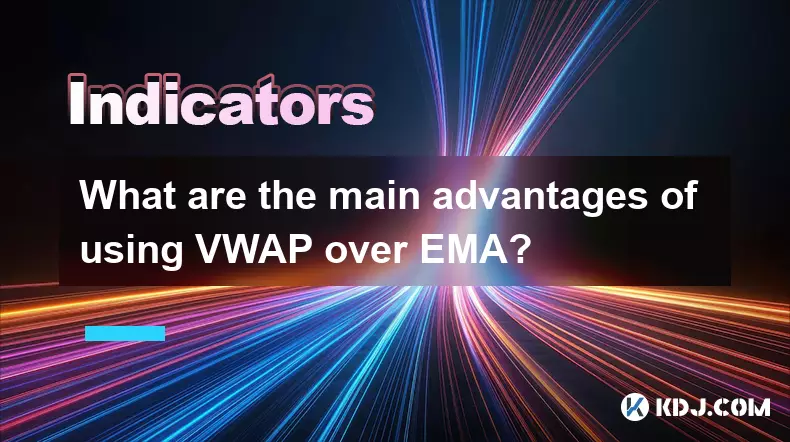
What are the main advantages of using VWAP over EMA?
Oct 11,2025 at 02:18am
Main Advantages of Using VWAP Over EMA1. Volume-Weighted Average Price (VWAP) incorporates trading volume into its calculation, offering a more accura...
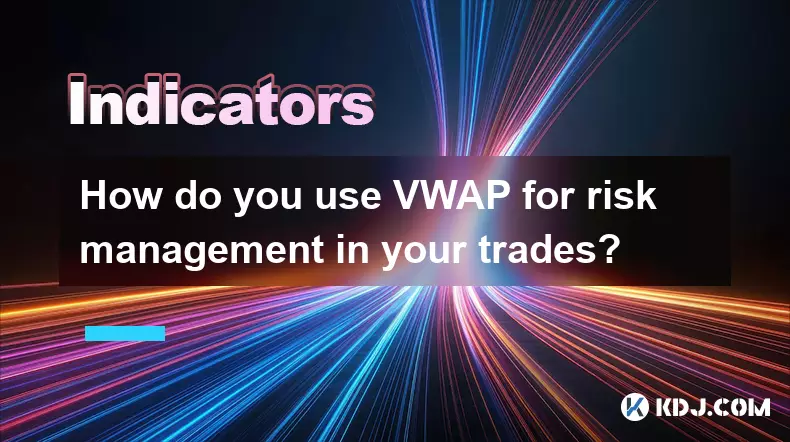
How do you use VWAP for risk management in your trades?
Oct 11,2025 at 02:54am
Understanding VWAP as a Dynamic Benchmark1. The Volume Weighted Average Price (VWAP) serves as a crucial reference point in intraday trading by reflec...
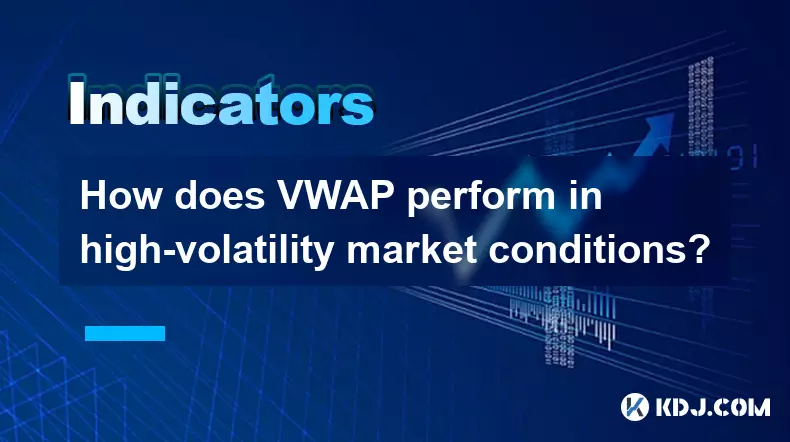
How does VWAP perform in high-volatility market conditions?
Oct 10,2025 at 08:00pm
Understanding VWAP in Turbulent Market Phases1. Volume-Weighted Average Price (VWAP) serves as a benchmark for institutional traders aiming to assess ...
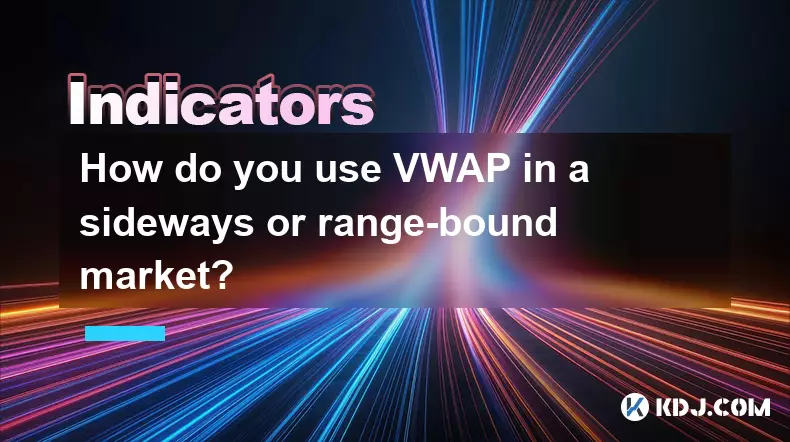
How do you use VWAP in a sideways or range-bound market?
Oct 10,2025 at 10:00am
Understanding VWAP in Range-Bound Conditions1. The Volume Weighted Average Price (VWAP) serves as a benchmark for intraday trading, combining both pri...
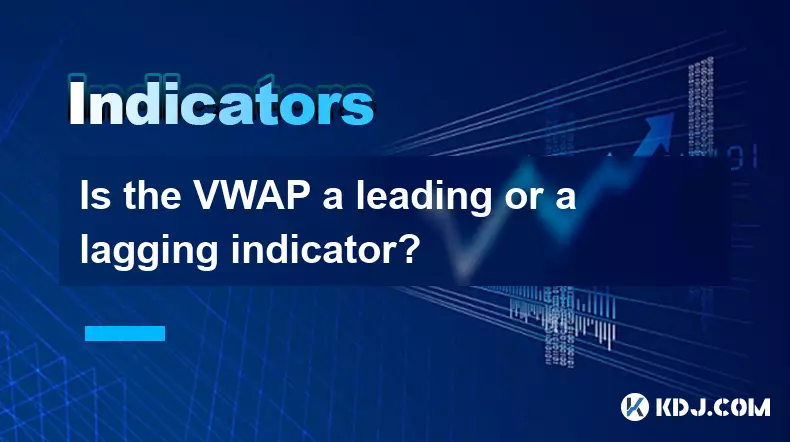
Is the VWAP a leading or a lagging indicator?
Oct 10,2025 at 09:37am
Understanding VWAP in the Context of Crypto Trading1. The Volume Weighted Average Price (VWAP) serves as a benchmark for traders analyzing intraday pr...
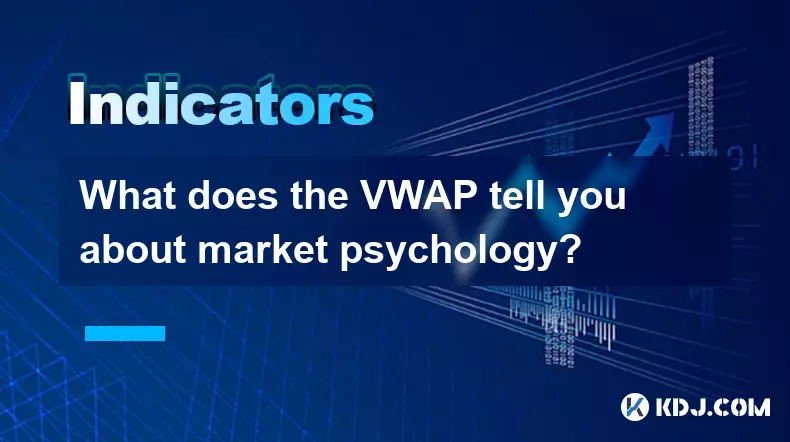
What does the VWAP tell you about market psychology?
Oct 10,2025 at 03:00pm
Understanding VWAP as a Reflection of Market Sentiment1. The Volume Weighted Average Price (VWAP) serves as a benchmark that reflects the average pric...

What are the main advantages of using VWAP over EMA?
Oct 11,2025 at 02:18am
Main Advantages of Using VWAP Over EMA1. Volume-Weighted Average Price (VWAP) incorporates trading volume into its calculation, offering a more accura...

How do you use VWAP for risk management in your trades?
Oct 11,2025 at 02:54am
Understanding VWAP as a Dynamic Benchmark1. The Volume Weighted Average Price (VWAP) serves as a crucial reference point in intraday trading by reflec...

How does VWAP perform in high-volatility market conditions?
Oct 10,2025 at 08:00pm
Understanding VWAP in Turbulent Market Phases1. Volume-Weighted Average Price (VWAP) serves as a benchmark for institutional traders aiming to assess ...

How do you use VWAP in a sideways or range-bound market?
Oct 10,2025 at 10:00am
Understanding VWAP in Range-Bound Conditions1. The Volume Weighted Average Price (VWAP) serves as a benchmark for intraday trading, combining both pri...

Is the VWAP a leading or a lagging indicator?
Oct 10,2025 at 09:37am
Understanding VWAP in the Context of Crypto Trading1. The Volume Weighted Average Price (VWAP) serves as a benchmark for traders analyzing intraday pr...

What does the VWAP tell you about market psychology?
Oct 10,2025 at 03:00pm
Understanding VWAP as a Reflection of Market Sentiment1. The Volume Weighted Average Price (VWAP) serves as a benchmark that reflects the average pric...
See all articles




















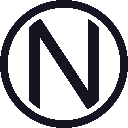
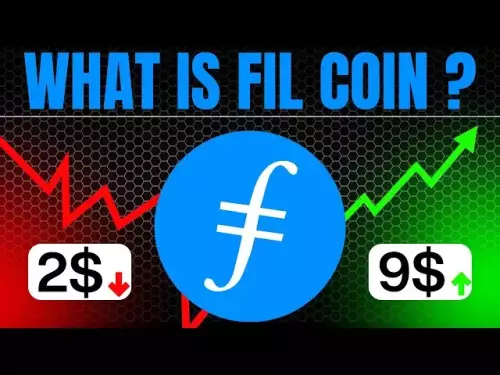




![Internet Computer Price Prediction [ICP Crypto Is A Hold?] Here’s Why Internet Computer Price Prediction [ICP Crypto Is A Hold?] Here’s Why](/uploads/2025/10/11/cryptocurrencies-news/videos/internet-computer-price-prediction-icp-crypto-hold/68e9ac40cf659_image_500_375.webp)















































